Women, children fastest-growing demographics of sporting shooters
Sport for some kids involves a ball or a racquet, but 12-year-old Quinn Coates-Marnane much prefers a pistol. The Cairns schoolboy is one of a growing number of children learning how to shoot competitively.
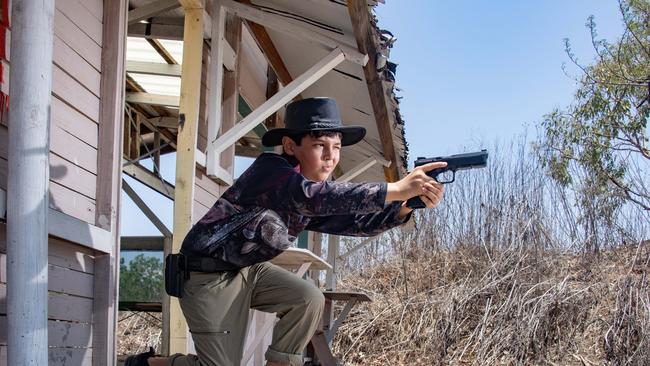
Sport for some kids involves a ball or a racquet, but 12-year-old Quinn Coates-Marnane much prefers a pistol.
The Cairns schoolboy practices in the International Practical Shooting Confederation, a competitive sport that combines an obstacle course and target shooting.
“It’s no more different than playing tennis,” Quinn tells The Australian. “Mum at first didn’t really like the idea. But seeing how safe I was with it, she started to get more relaxed.”
He has been shooting for about a year under the supervision of his stepfather Zak Sarnecki, and it has allowed the two to bond over a shared passion for the sport.
“If you give any young teenage boy the opportunity to use a firearm, is he really going to say no?” he laughed. “But the lessons are basically safety first, then how the firearm works.”
In the wake of the 1996 Port Arthur massacre in Tasmania, all Australian governments signed the ten-point National Firearms Agreement, which required all gun licence applicants to be at least 18 years old. But no state or territory complies with that element of the NFA, and all allow minors to shoot firearms in certain circumstances.
Western Australia is the most permissive, and there’s no minimum age requirement for kids to use guns, as long as they’re supervised. Under the government’s overhaul of its gun laws however, there will be a minimum age of 12.
In Queensland, where Quinn is learning to shoot, children as young as 11 can apply for a minor’s licence, and shoot unlicensed if supervised or at a range. Those under 18 are not allowed to legally own a firearm.
Mr Sarnecki said raising the limit to 18 would limit the opportunity for young people to represent the country on the world sporting stage.
“Most sports you usually start as a kid, so what are they proposing? That Australia disqualifies itself from more shooting competitions and future international events?” he said.
“If you don’t let juniors access firearms and train, they’ll never be good enough to be able to compete on the world stage.”
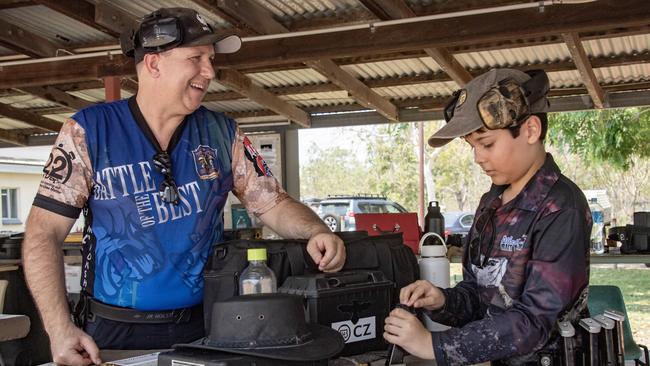
Mr Sarnecki said maturity was a more important measure than age, but said he agreed with the Queensland limit.
“It boils down to responsibility,” he said. “There are some kids I wouldn’t give a firearm to if they were 15 or 16.”
Quinn agreed, saying that although “shooting is fun, a gun is still a gun (and) you probably shouldn’t hand the gun to someone under the age of 11 or 10”.
Sporting Shooters’ Association of Australia media and politics officer Rachael Oxborrow said juniors and women had been the organisation’s fastest-growing membership demographics for the best part of a decade.
“We believe participation in the shooting sports encourages a high level of discipline, responsibility, and maturity in juniors,” she said. “We see entire families attending shooting ranges every week. Target shooting is one of the few sports that encourages and caters for the participation of young and old, all genders, able-bodied and disabled people.”
Australian Gun Safety Alliance convener Stephen Bendle said he would prefer the states follow the NFA and not allow children under 18 to shoot.
“We are disappointed that every jurisdiction continues to defy the National Firearms Agreement by allowing children under 18 to lawfully handle firearms,” Mr Bendle said.
“Most jurisdictions allow children as young as 12 to use guns. Some jurisdictions circumvent the agreement by allowing junior permits. Some jurisdictions have absolutely no monitoring of children and guns providing they are supervised by a licensed firearm owner.”
Shooting Industry Foundation of Australia chief executive James Walsh said most of Australia’s Olympic and elite competition shooters started their shooting careers as juniors or minors.
“Many schools still offer shooting programs and sports. These programs have run for decades in a safe and supervised environment,” Mr Walsh said.

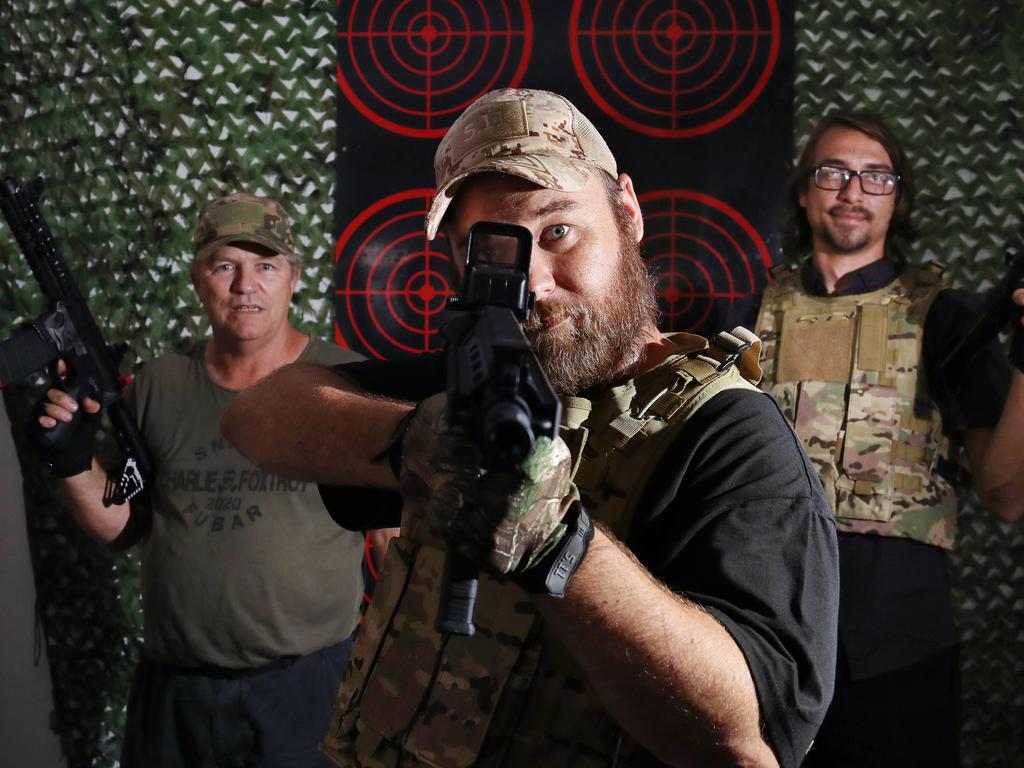
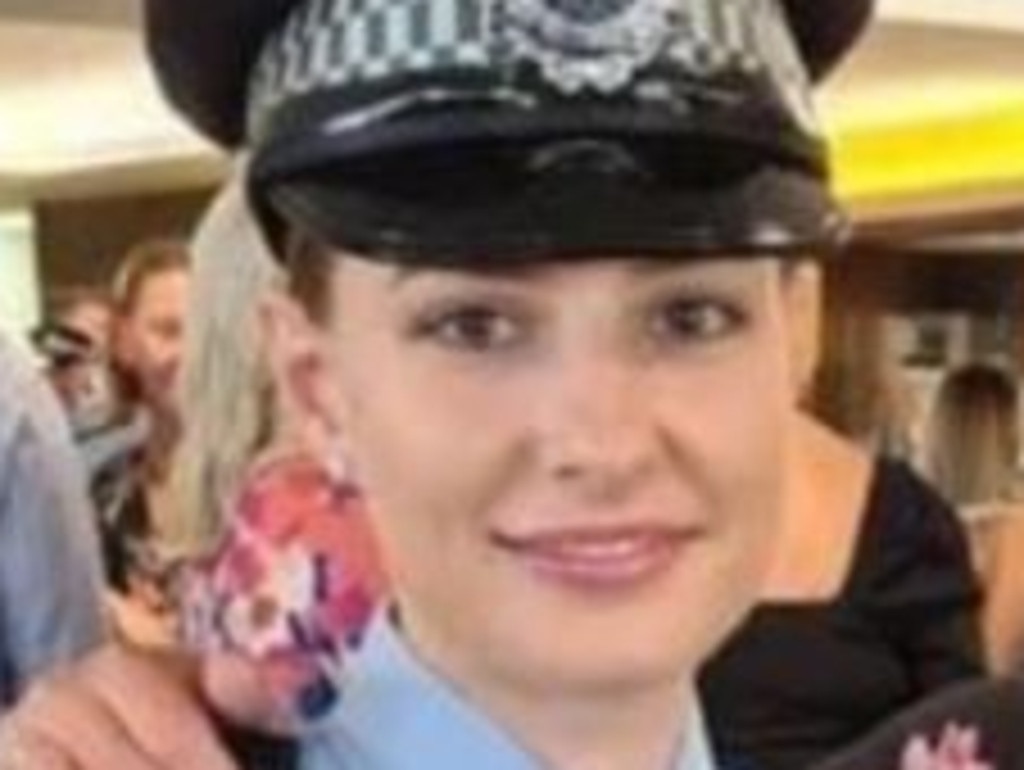

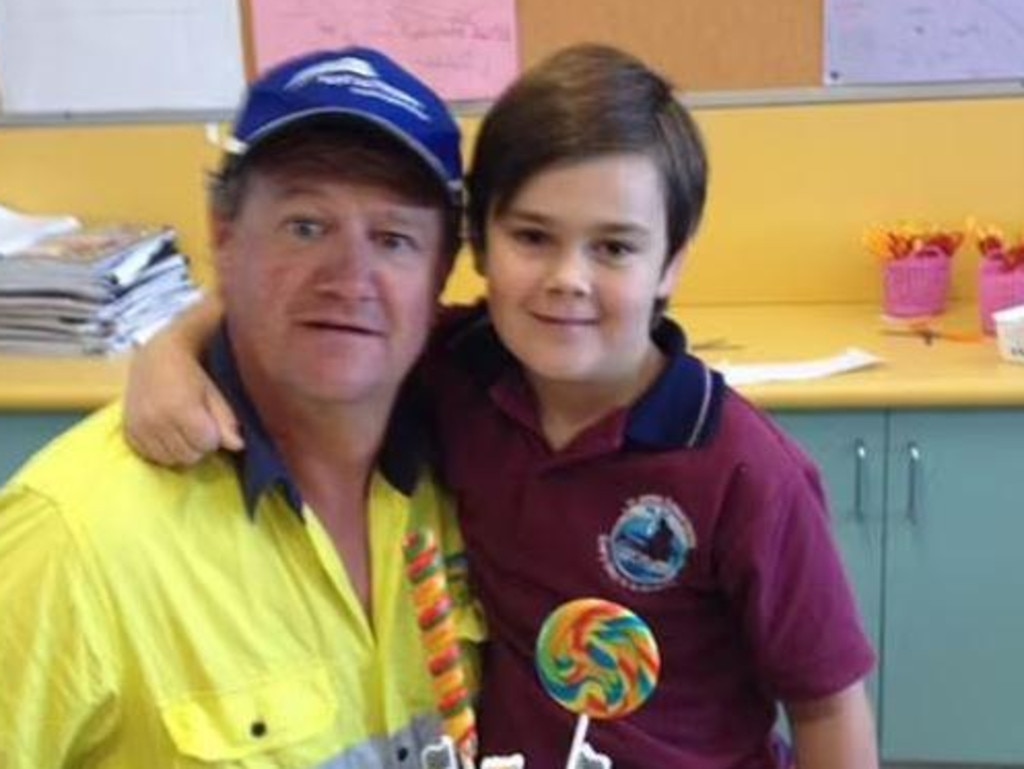


To join the conversation, please log in. Don't have an account? Register
Join the conversation, you are commenting as Logout